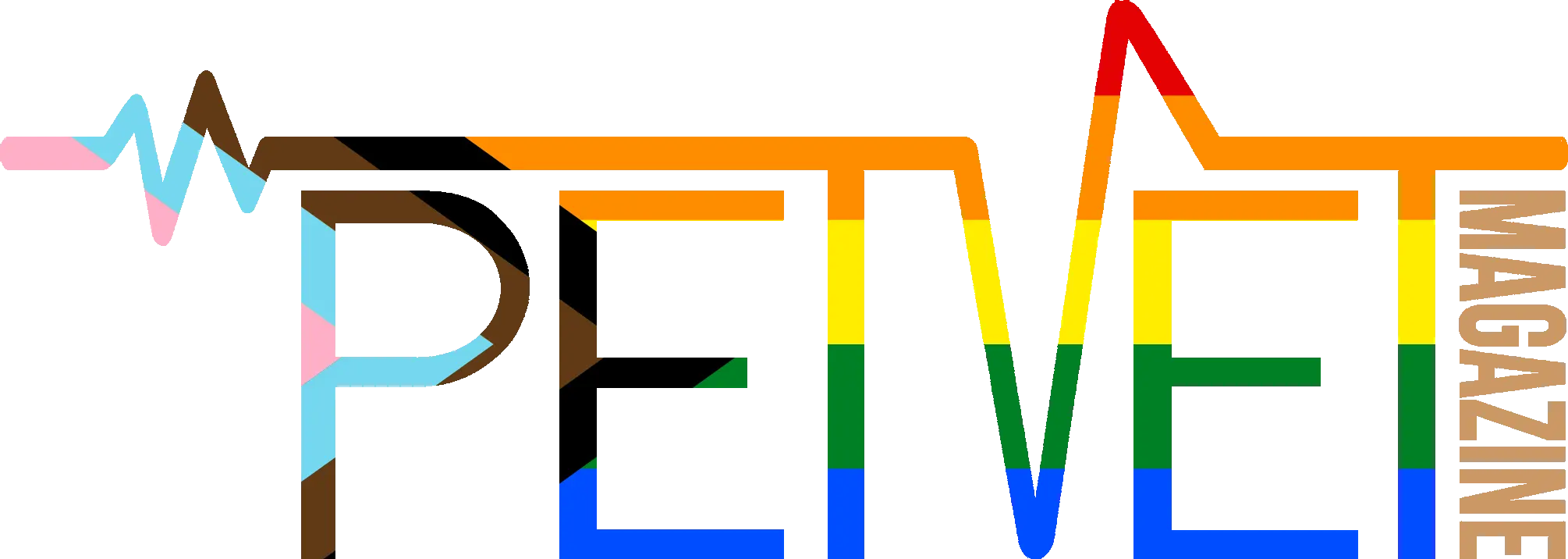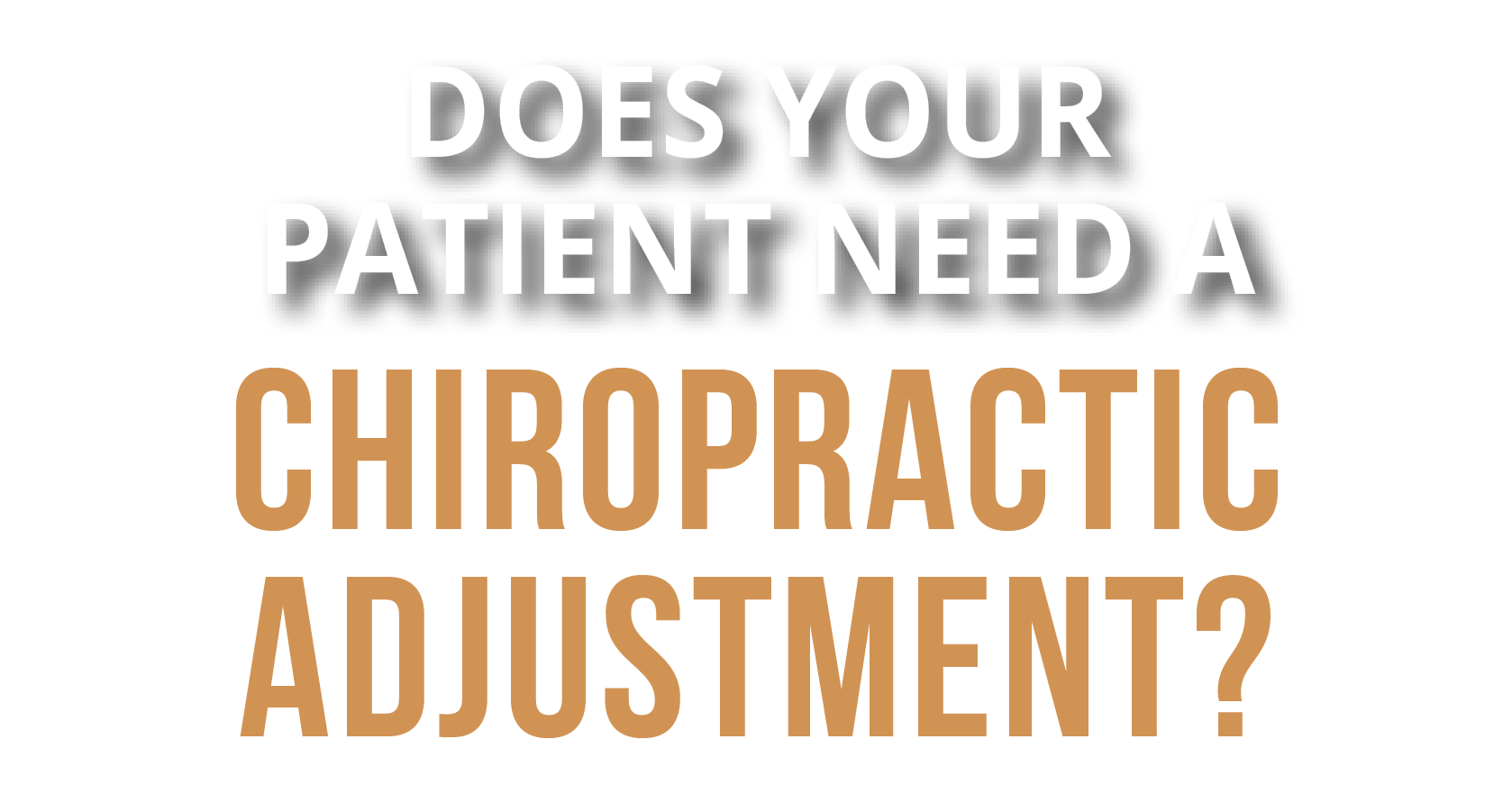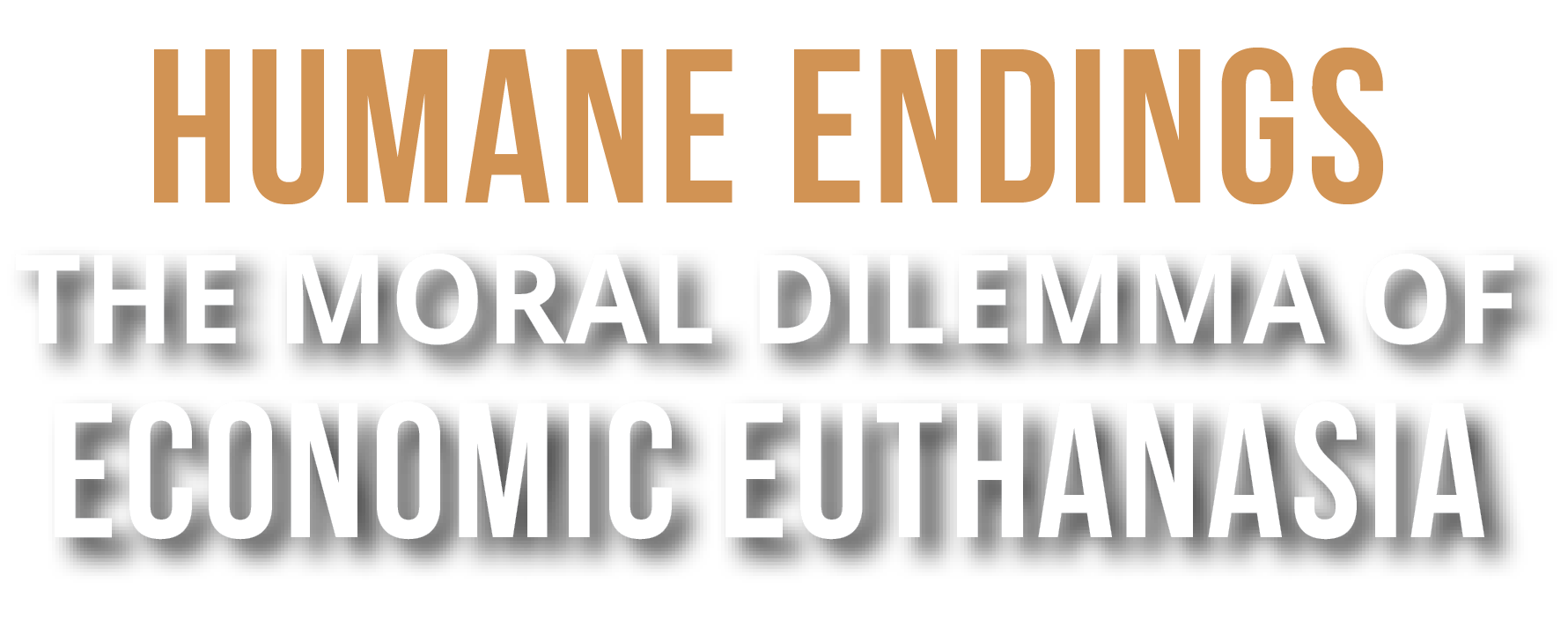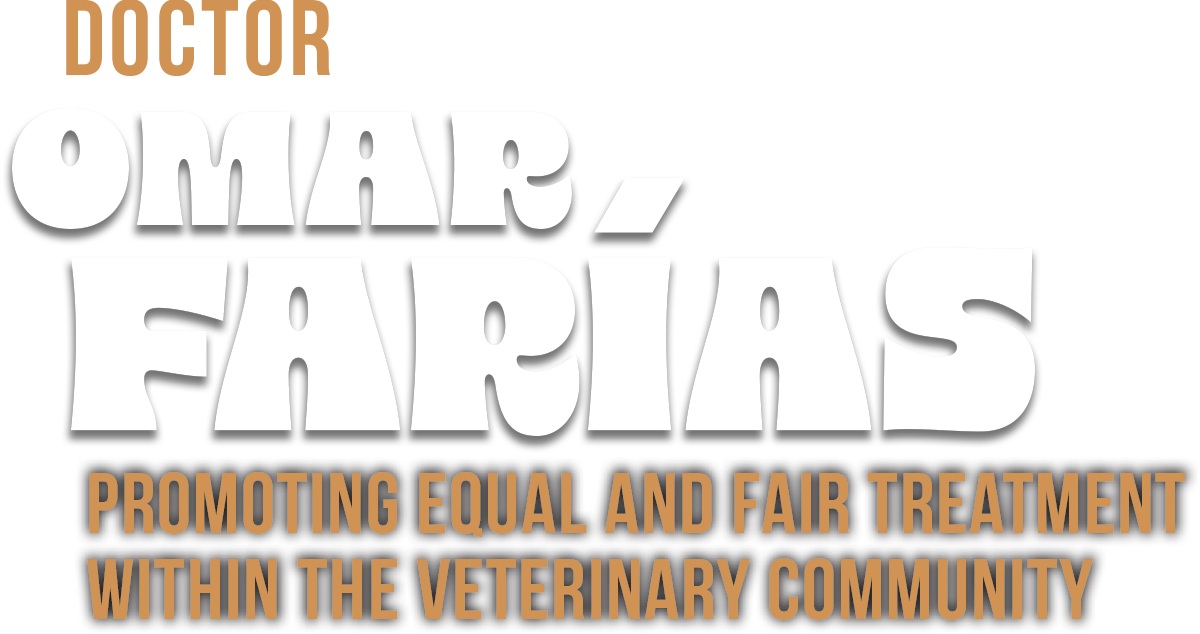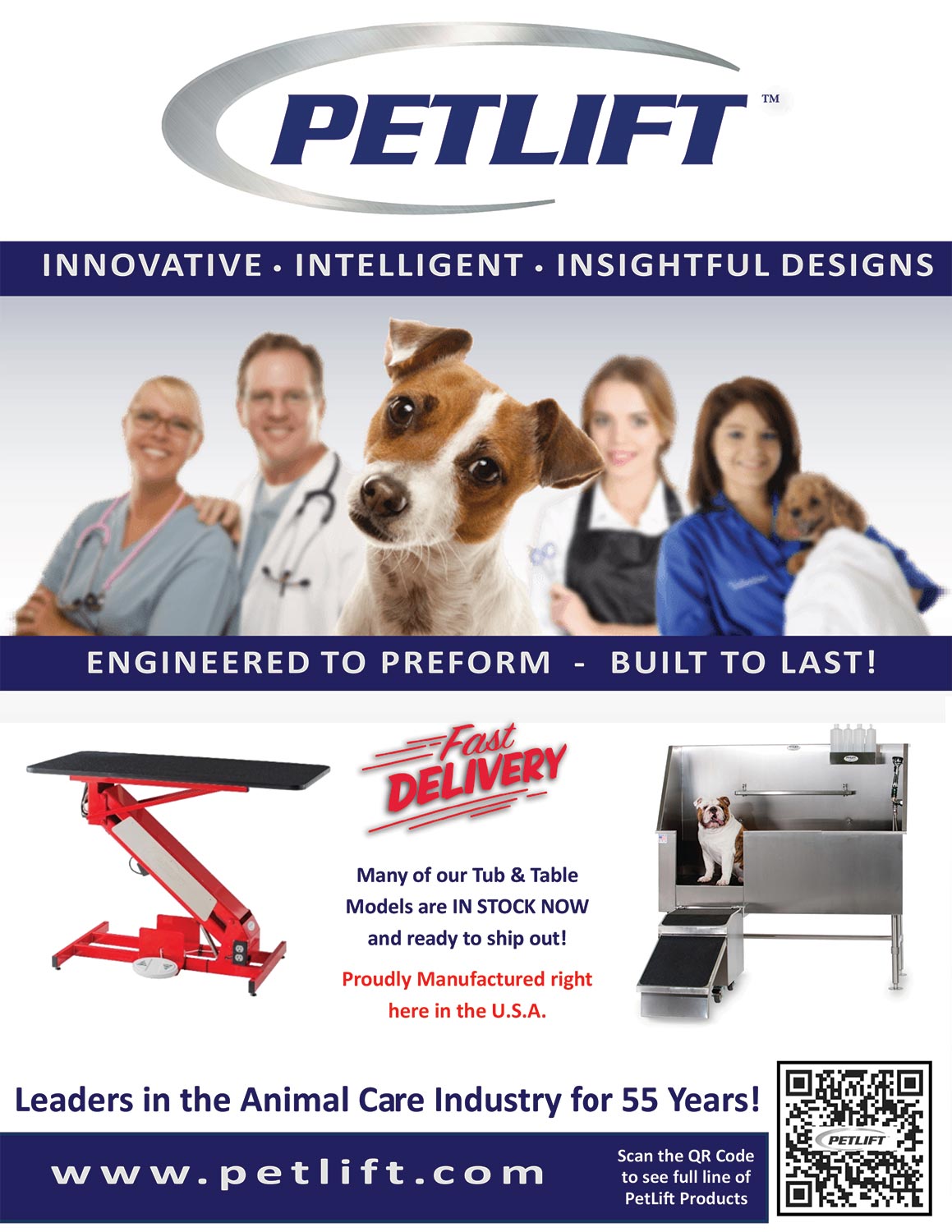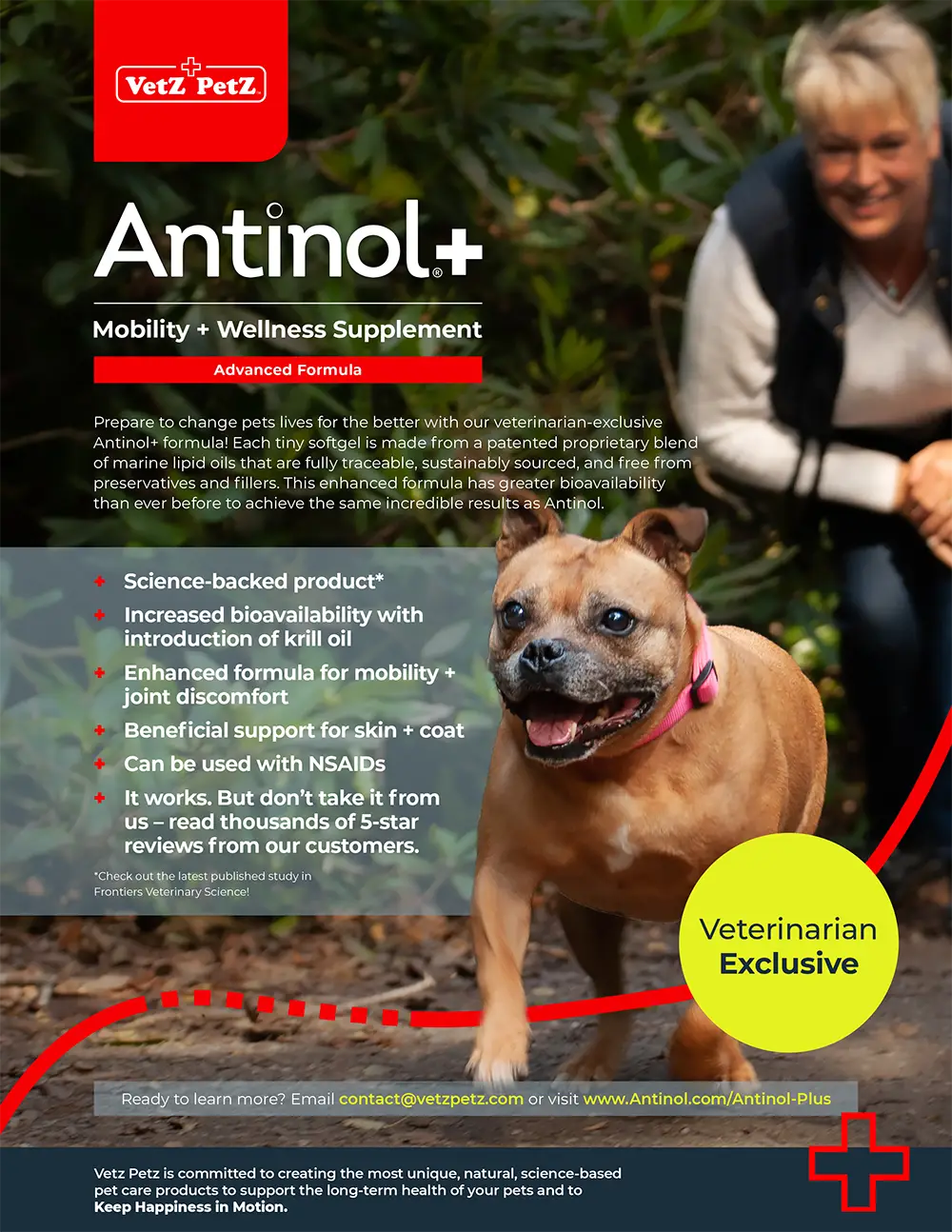
info@barkleigh.com
(717) 691-3388
Editorial
rebecca@barkleigh.com
Advertising
james@barkleigh.com

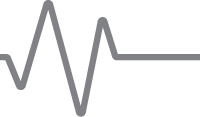

DVM, DACVS-SA

Jenifer Chatfield
DVM, Dipl. ACZM, Dipl. ACVPM
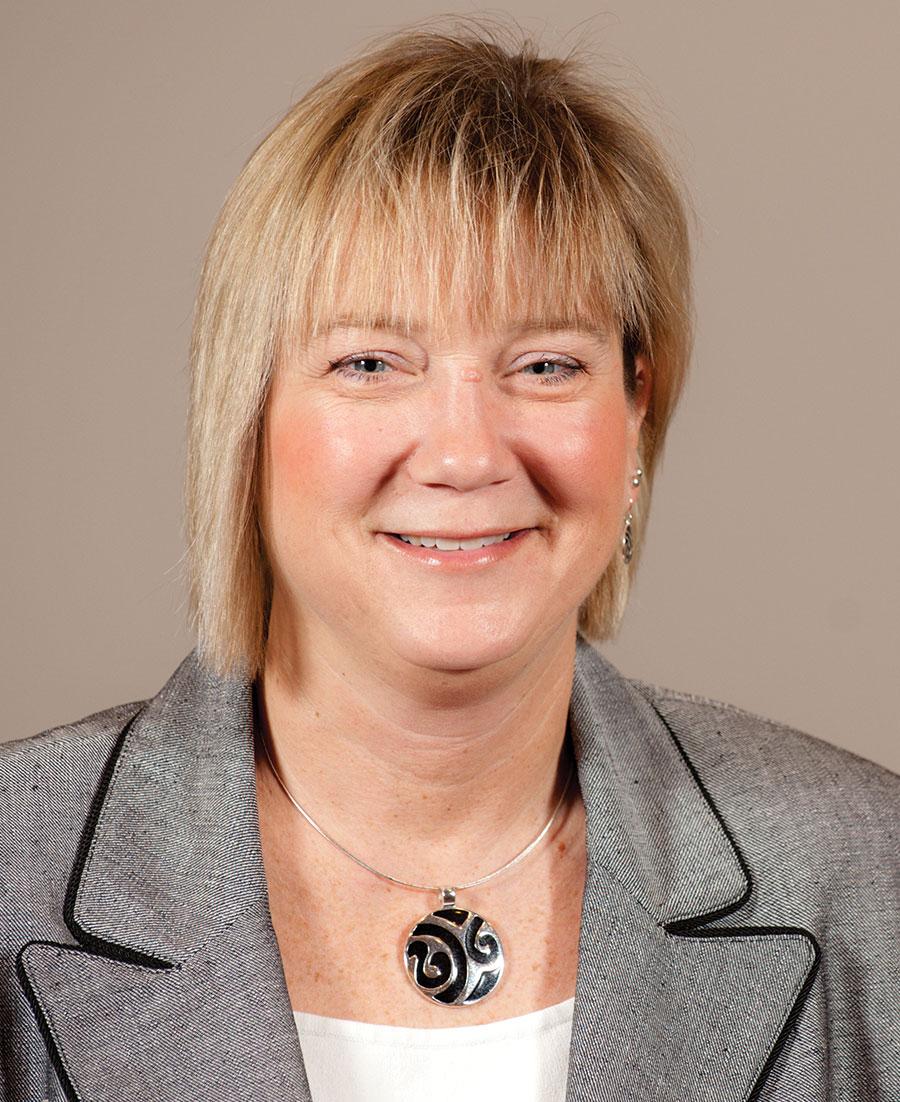
CVT

DVM, DACVECC
-
STAFF
- Publisher
Barkleigh Productions, Inc. - President
Todd Shelly - Vice President
Gwen Shelly - Chief Operations Officer
Adam Lohr - Executive Editor
Rebecca Shipman - Art Director
Laura Pennington - Sr. Graphic Designer
Brandi Aurelio - Jr. Graphic Designer
Carlee Kubistek - Web Master
Luke Dumberth - Social Media Coordinator
Cassidy Ryman - Digital Media
Evan Gummo - Director of Marketing & Client Relations
James Severs - Administrative / Marketing Assistant
Karin Grottola

DVM, CVPM






ost of you have likely heard of neurodiversity, but you may not know what it is referring to and how it impacts your veterinary team. While neurodiversity is a very broad topic with evolving research and education, there are widely applicable steps you can take in the workplace to better support neurological variety.


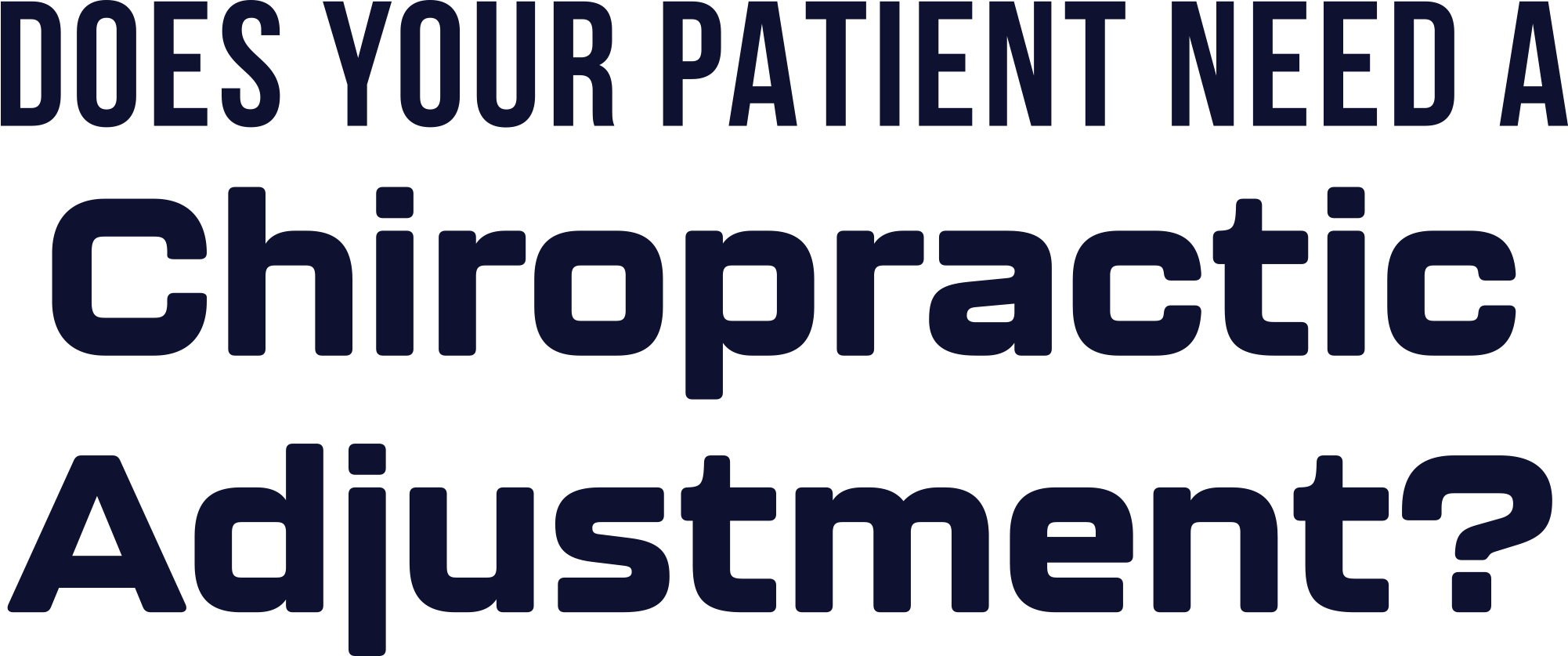
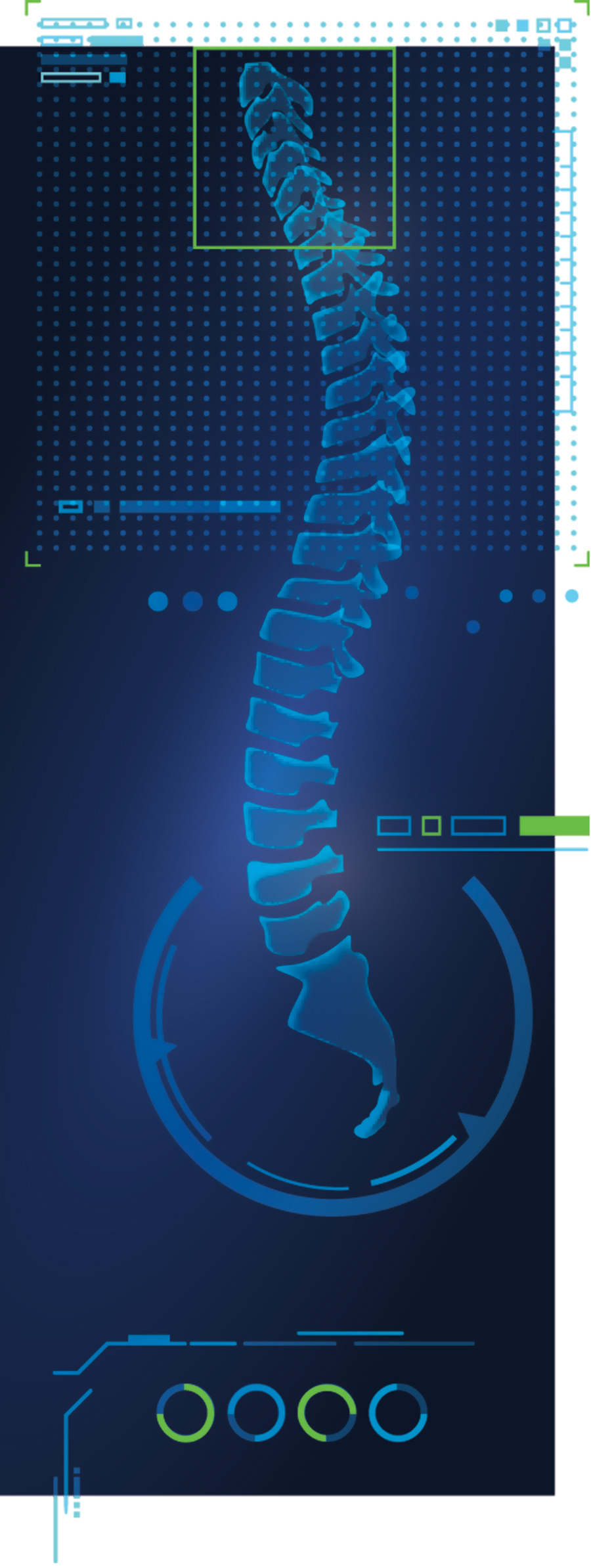
ne of my good friends greets people with the question, “How’s your atlas?” instead of the usual, “How are you?” True chiropractic is based on the spine and the central nervous system. The atlas is the first bone of the spine, located at the base of the skull or right behind an animal’s ears. A principled chiropractor will almost always adjust the atlas.
When we forget the whole and start to look at individual segments of the body, it is difficult to see how the atlas can be a problem, no matter what the symptom is. When we begin to expect healing to occur due to outside intervention, it is difficult to understand how the atlas can help so many problems with so few side effects.
It is very easy for any veterinarian to see if the atlas is moving correctly. The ability of an animal to bend its head and neck around so that it can see behind itself is called lateral flexion. The motion begins at the junction between the occiput (base of the skull) and the atlas. There will be about 10 to 15 degrees of lateral flexion at this first joint.
If that joint is misaligned or subluxated, then the first motion occurs between the atlas and the axis (the second cervical vertebra). The only motion that occurs at this second joint is rotation. When the first motion at the top of the neck is a rotation instead of a lateral flexion, it locks the entire neck out, causing it to be stiff and unable to bend properly.
When the atlas is out of alignment, it can actually put pressure and maybe a little torque on the brainstem. This puts direct pressure on the animal’s brain, disrupting the flow of messages through its central nervous system and affecting its body in a multitude of ways. The brainstem controls the flow of messages between the brain and the rest of the body, and it also controls basic body functions such as breathing, swallowing, heart rate, blood pressure, consciousness, vomiting, and whether the animal is awake or sleepy.
Pressure on the brainstem can cause changes in behavior and the inability of the animal to perform at 100%. Parts of the brainstem have a role in maintaining homeostasis—the body’s ability to adapt and survive in the environment. There are nerve tracts in the brainstem that play a large role in maintaining tone, balance and posture, especially during movement.


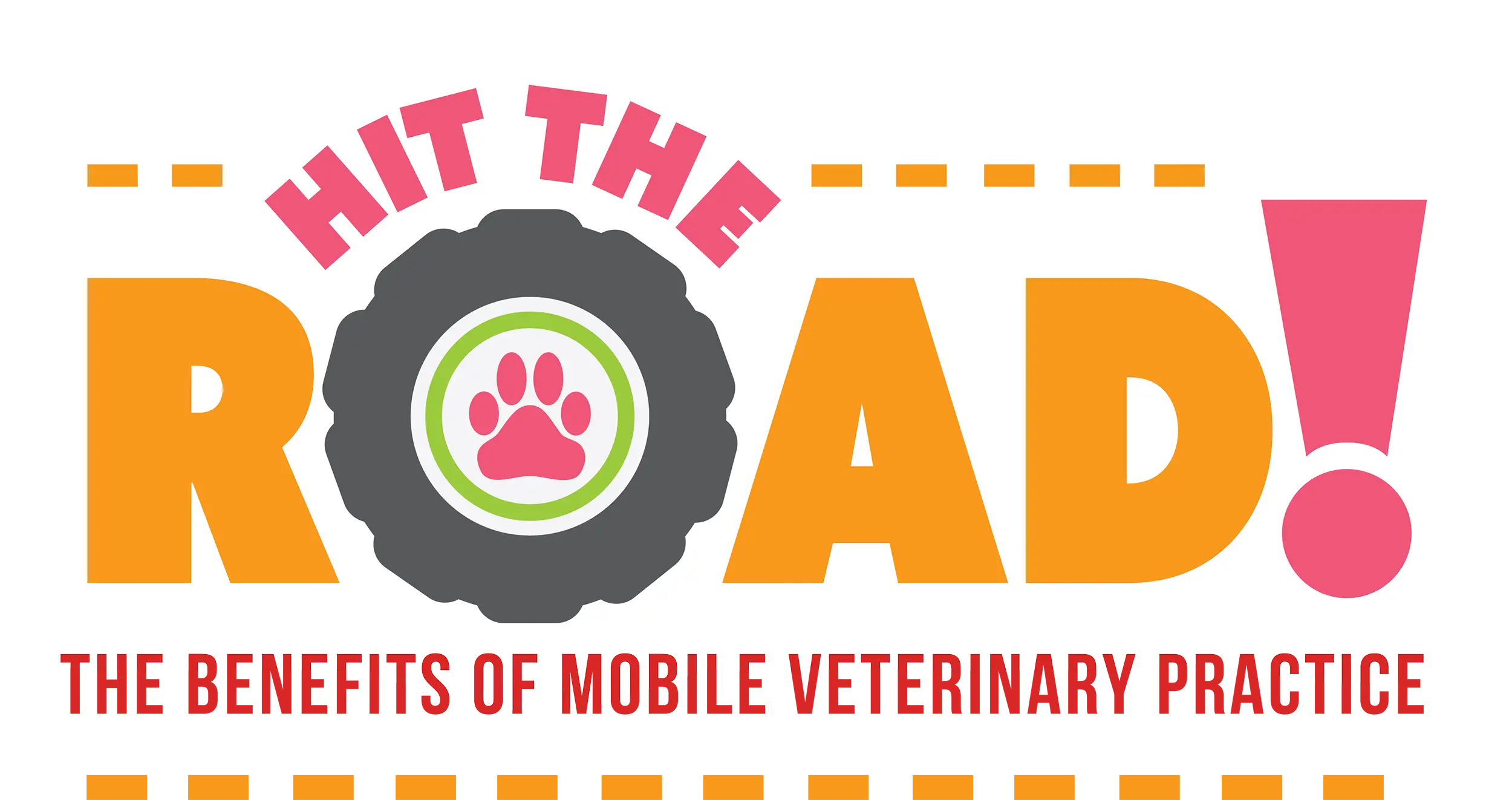
he love of animals is one of the driving forces in the veterinary profession, but with the increase in demand for veterinary services, the added work can become overwhelming and veterinarians have less time to spend with pets in our clinics. In addition, veterinary professionals must deal with pet and caregiver stress, along with personal stress, and there is not enough time to meet demand, often leading to burnout.
DVM Stephanie Wolf is one of many veterinarians who experienced burnout when she worked at a clinic. Aside from the workload, she said that the emotional rollercoaster between appointments was a big contributor: “You’ll go in one room and give really bad news, then in the next room you’re delivering puppies,” Wolf said. “It was really emotionally intense.” This stress ultimately motivated her to leave her job at a clinic and join a mobile veterinary company, where she was able to maintain a healthier work-life balance and significantly reduce work stress.
In addition to reducing the risk of burnout, the mobile veterinary model has proven to provide the following benefits as well.



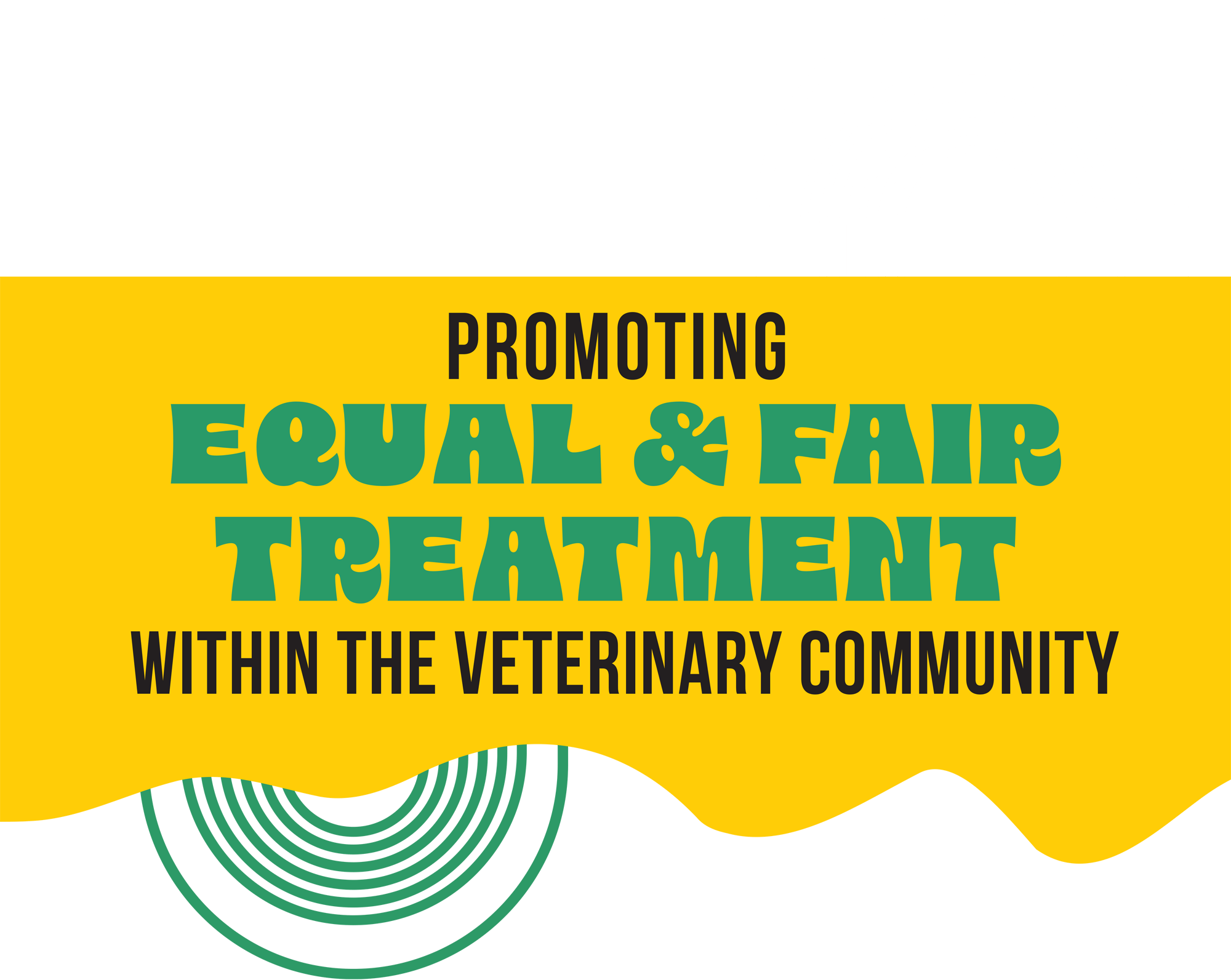
Photos Provided By Dr. Omar Farías
ike many veterinarians, Dr. Omar Farías can trace his love of science and animals back to a young age. Now, he’s an industry veterinarian at Hill’s Pet Nutrition and an advocate for LGBTQ+ rights.
“I was the kid that asked for a microscope and a chemistry set as gifts. I even volunteered to dissect a frog when my class dissection in 7th grade got canceled. Sorry, Froggy!” Dr. Farías shares.
Later, he volunteered with a veterinary hospital in Puerto Rico. “I knew then that I wanted to be a veterinarian. The compassion, knowledge, and impact of the veterinarians whom I was helping were amazing. The gratitude of their clients and the difference they made in those pets’ lives immediately hooked me. I wanted to emulate those veterinarians,” he recalls.



recent report by the American Society for the Prevention of Cruelty to Animals1 revealed some mind-boggling statistics. About one-quarter of pet owners in the U.S. reported they couldn’t get veterinary care when they needed it and 43% said they couldn’t afford it. As a result, 15% percent of those pets ended up being euthanized. Every year, millions of pets, that otherwise are considered healthy, treatable and adoptable, are put down due to their owner’s inability to pay for treatment—a situation defined as “economic euthanasia.”
Limited access to veterinary care can have tragic consequences, and not only for pet owners who increasingly consider their companions as family members. Telling clients you can’t help them because they have no money is also emotionally taxing for the veterinary teams.


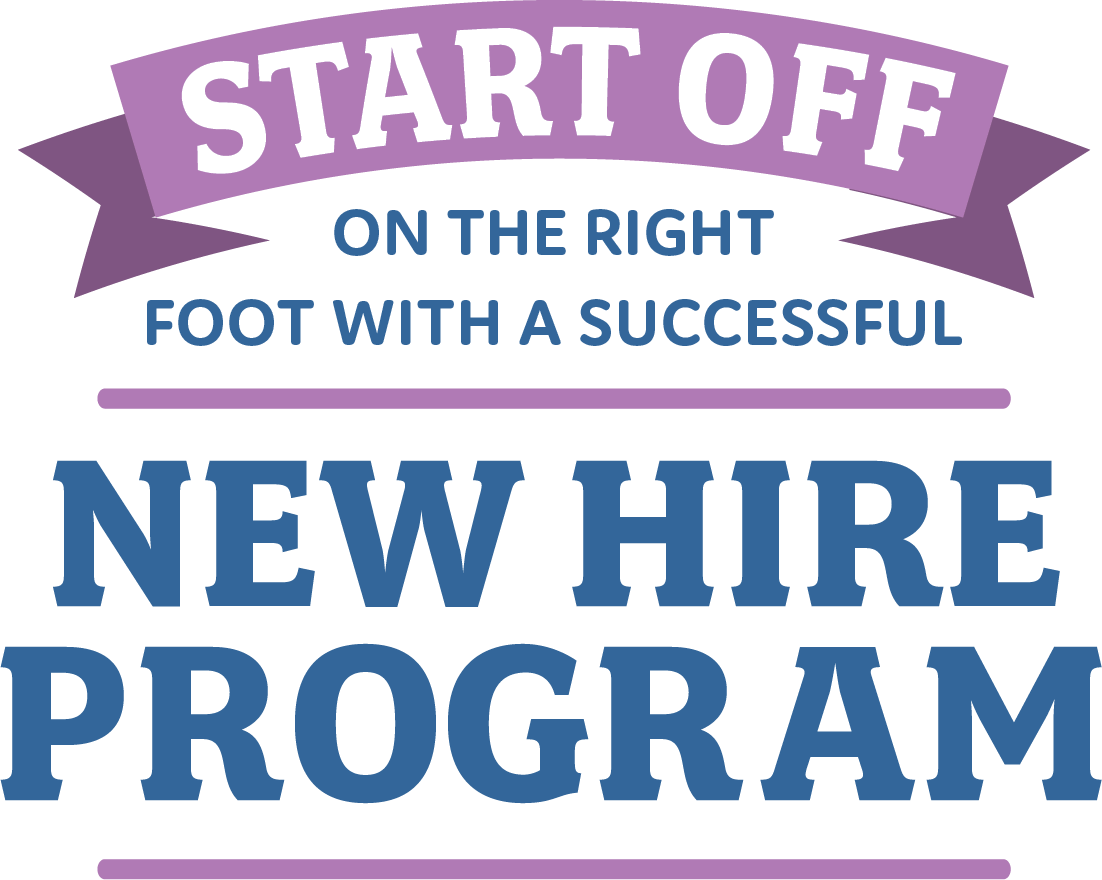
hen a potential candidate makes that initial contact with the interviewer, first impressions speak volumes; the look of the resume, the postings on social media, the attire the person wears for the interview, and even the handshake gets included in the notations about the first impression. The candidate is also affected by first impressions; the look and actions of the team and the interviewer, and the hospital’s appearance (inside and out). First impressions are critical. But what about first impressions on the first day on the job?
The first impression for that first day on the job is not about the new hire. No, on the first day on the job, it is about the veterinary practice and the new hire’s first impression of the team and culture. Is the team welcoming? Is management prepared? Is the trainer organized? Are things ready for the new hire, or does the new hire wander around watching and waiting for someone to offer direction?





ack to school…What does this mean for you specifically, though? Perhaps a stressor, a relief or maybe something in between? You may even enjoy shopping for school supplies. But there can be a dualistic nature to what you’re experiencing, where one aspect is something you like and another aspect brings you some level of anticipatory anxiety or registers as a dislike. One study has even shown that 60% of parents lose sleep during this season.1
This article will outline some practical strategies that I have found to be extremely helpful as a working mom that can make this school year your least stressful and most restful year ever! But first, let’s establish two big buckets that we’ll cover in this article, even though there are more: 1) Schedule and 2) Budget.





2 leading trade magazines for the pet professional in your life with all the content to assist them in keeping your pet healthy, happy and beautiful.
online or in print at www.barkleigh.com
Facebook.com/
barkleigh.prod
Twitter:
@barkleighinc
